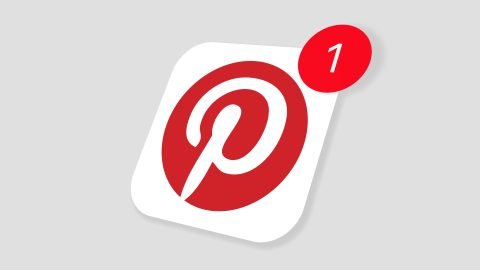Companies use a number of different ways like blogs, social media and ads to reach out to their audience. These are all effective ways of content marketing but there is one method that stands out most – pictures.
Visuals are extremely efficient tools to catch the attention of your audience. According to statistics, people respond 40% better to striking visuals than text, no matter how interesting that story might be. This is the reason why Pinterest has become such a popular tool used for brand marketing.
If you are still on the fence about using Pinterest to market your company, here are 5 good reasons to convince you to try it out:
1. It’s designed for content sharing.
In this digital age, shares are a valuable currency. Compared to other factors such as likes and comments, which are more about engagement, sharing is able to expand the reach of your content. Because Pinterest is formatted to have eye-catching visuals, it is designed to be ready-made for sharing content.
This app is for Internet users who love to share things and places they love through posting pictures. If you take amazing photos of your product, people will want to share them even if the product itself is not really that great.
When you have tapped into the right audience – usually female users from the middle class, then your brand will have a higher chance of being pinned. However, this is not the only demographic on Pinterest. Other brands and even B2Bs have found success marketing in this platform too.
The key is having compelling visual content. The better the photo is, the higher its chances to be re-pinned.
2. It is convenient and user-friendly.
Pinterest is also designed to be user-friendly. The site does not waste time on details that are not necessary to its function. Instead, they focus more on image-rich content, maximizing user engagement. Because of this, the layout looks uncluttered and easy on the eyes.
Aside from its fuss-free design, Pinterest is also made to be convenient to users. It has a bookmarklet feature, which allows you to pin content no matter what website you are visiting. When this feature is added to your browser, a “pin it” icon will be available when you are viewing an image, so you can pin and save any image to your boards.
3. It’s fun and addicting.
Because its format works so well with the public, Pinterest has become one of the most popular digital apps. Its layout is designed to be intuitive, making it much easier for users to navigate around. Because of this, the images displayed on the feed look curated, not like other social media channels which have absolutely no filters in this department.
Pretty much everything you see is visually appealing. Users are drawn to the visuals and it is very easy to become addicted to it. If you are a Pinterest user yourself, you probably understand the feeling of being pulled into this app and spending many hours just scanning and pinning images.
4. It’s an effective SEO tool.
Search engines do not put much value in references from social media channels. These are considered to be low-authority sources and also have “no follow” links from users, so search engines pretty much disregard these references.
Pinterest, on the other hand, seems to be highly favored by search engines. Unlike most social media platforms, Pinterest remains to have that “do follow” link referral, making them an effective tool for SEO. This tells Google that links referred by Pinterest are trusted and legit.
Of course, it is always better to have a complete SEO strategy. Don’t expect Pinterest to do all the work for you. Instead, include this in your existing marketing strategy for maximum results.
5. It can be used for crowdsourcing too.
Social media is one of the best tools for crowdsourcing. Whether you need opinion or help in re-sharing content, this platform encourages followers to be more engaging.
Because Pinterest is designed to have powerful visuals, it has more ability to get users inspired and engaged. Martha Stewart’s social media is a prime example of effective crowdsourcing. It is typical for her followers to share their own Martha-inspired dishes and projects. This community not only posts photos, they are also open to discuss related topics. Some big brands also drive engagement by doing contests or requesting followers to post and tag them with product photos.
This relationship must be a two-way street to be effective. Keep in mind that your brand must also consistently engage with your followers through liking, commenting and re-sharing their content.

